Summerproof Plants That Will Thrive In Your Garden
SummerProof Plants That Will Thrive in Your Garden
Summer is here, and that means hot weather and plenty of sunshine. If you're looking for plants that will thrive in these conditions, you're in luck! There are many summerproof plants that will add color, interest, and beauty to your garden.
In this blog post, we will discuss some of the best summerproof plants for your garden. We will also provide tips on how to care for these plants so that they can thrive in the hot summer months.
What are Summerproof Plants?
Summerproof plants are those that are able to tolerate hot weather and direct sunlight. They are typically drought-tolerant and require little maintenance. Some of the most popular summerproof plants include:
- Lantana: Lantana is a brightly colored shrub that blooms all summer long. It is a great choice for sunny borders or patios.
- Pampas Grass: Pampas grass is a tall, ornamental grass that adds drama to any garden. It is drought-tolerant and can withstand hot, windy conditions.
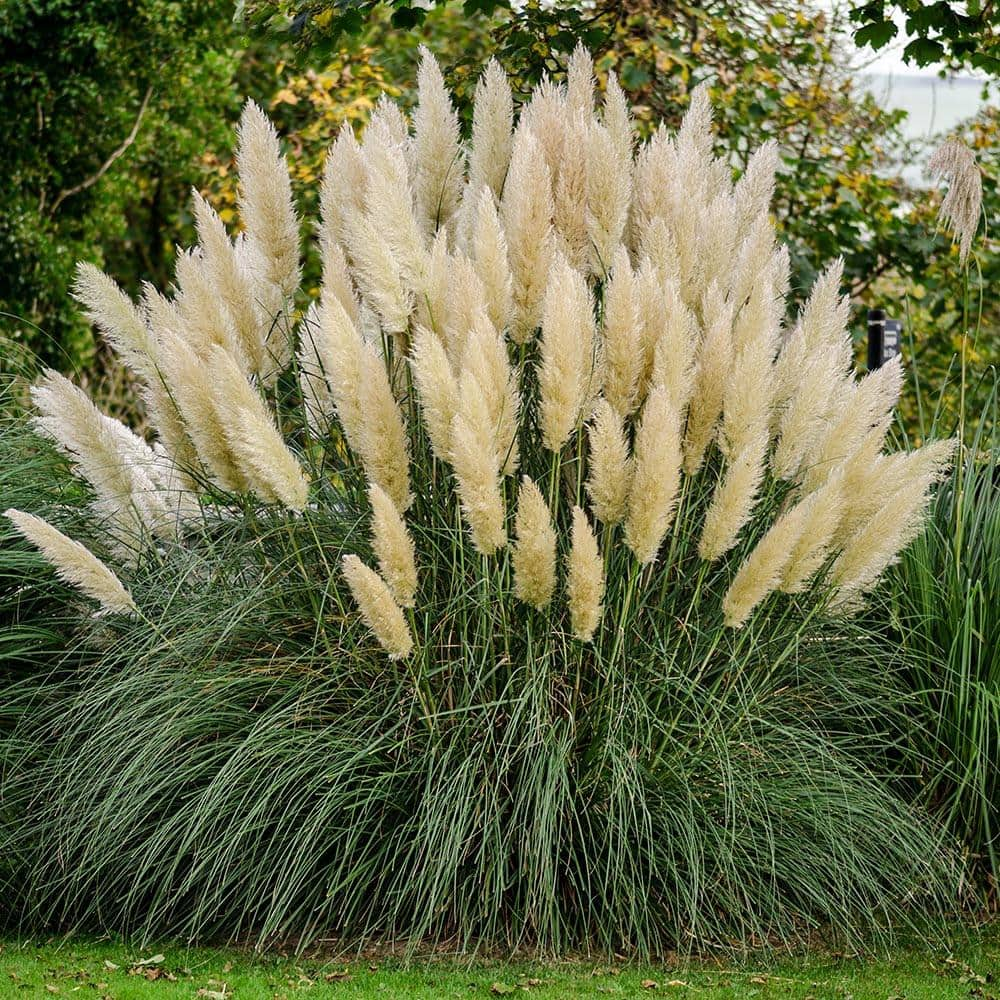
- Yucca: Yucca is a succulent plant that is known for its sharp spines and spiky leaves. It is drought-tolerant and can withstand hot, dry conditions.

- Sedum: Sedum is a low-maintenance succulent plant that comes in a variety of colors. It is drought-tolerant and can withstand hot, dry conditions.

- Aloe Vera: Aloe vera is a succulent plant that is known for its medicinal properties. It is drought-tolerant and can withstand hot, dry conditions.
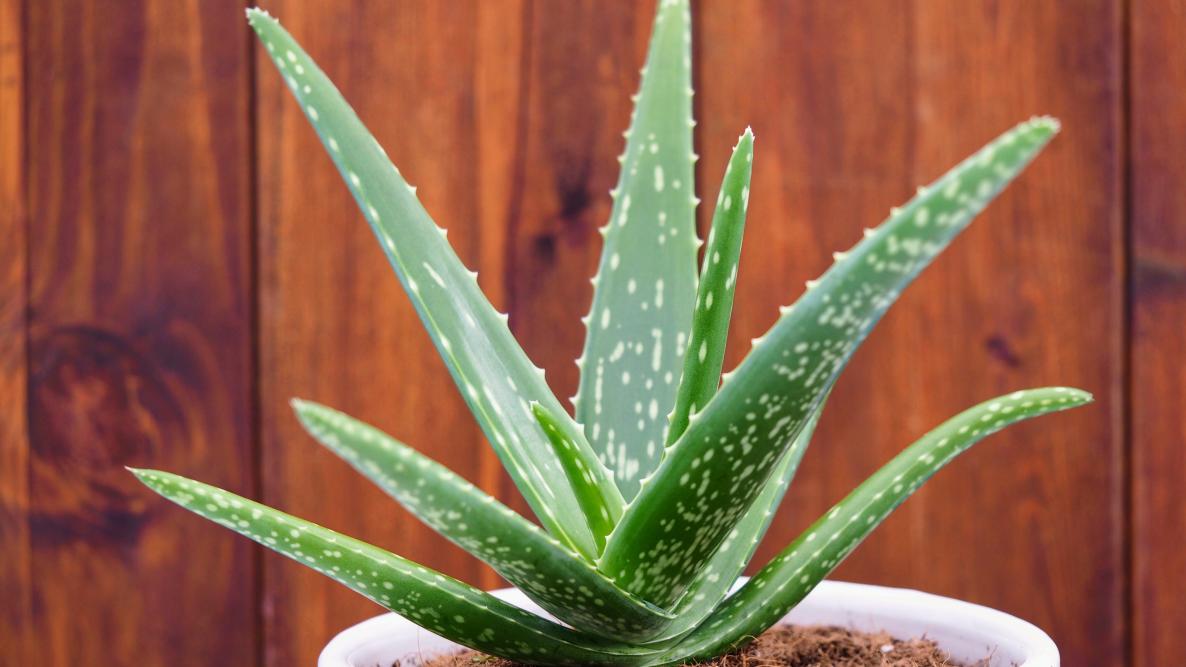
How to Care for Summerproof Plants
Summerproof plants are generally easy to care for, but there are a few things you can do to help them thrive in the hot summer months.
- Water regularly: Summerproof plants are drought-tolerant, but they still need to be watered regularly, especially during hot, dry weather.
- Fertilize monthly: Fertilizing your summerproof plants once a month will help them to stay healthy and produce more blooms.
- Deadhead spent blooms: Deadheading spent blooms will encourage your summerproof plants to produce more flowers.
- Protect from pests and diseases: Summerproof plants are generally resistant to pests and diseases, but it is a good idea to inspect them regularly for any signs of problems.
Conclusion
Summerproof plants are a great way to add color, interest, and beauty to your garden. With a little care, these plants can thrive in the hot summer months and provide you with enjoyment all season long.
Here are some additional tips for choosing and caring for summerproof plants:
- Choose plants that are native to your climate. Native plants are better suited to the local conditions and are more likely to thrive.
- Consider the size of the plant when choosing a location. Some summerproof plants can grow quite large, so make sure you have enough space for them to mature.
- Plant summerproof plants in well-drained soil. These plants do not like wet feet, so make sure the soil is able to drain properly.
- Water summerproof plants regularly, especially during hot, dry weather. However, do not overwater, as this can lead to root rot.
- Fertilize summerproof plants once a month during the growing season.
- Deadhead spent blooms to encourage new growth.
- Protect summerproof plants from pests and diseases.
With a little care, your summerproof plants will thrive and provide you with enjoyment all season long.
FAQ of plants to plant in summer
1. What are some good plants to plant in summer?
Summer is a great time to plant a variety of vegetables, fruits, and flowers. Some popular summer plants include:
- Vegetables: tomatoes, cucumbers, peppers, zucchini, eggplant, beans, peas, corn, squash
- Fruits: watermelon, cantaloupe, honeydew, strawberries, blueberries, raspberries, blackberries
- Flowers: sunflowers, zinnias, marigolds, petunias, geraniums, impatiens, lilies, roses
When choosing plants to plant in summer, it is important to consider the climate in your area. Some plants, such as tomatoes and peppers, need warm weather to grow. Others, such as lettuce and spinach, can tolerate cooler temperatures.
2. When is the best time to plant in summer?
The best time to plant in summer varies depending on the climate in your area. In general, you should wait until the soil has warmed up to at least 60 degrees Fahrenheit before planting. This is usually in late spring or early summer.
If you live in a warm climate, you may be able to start planting earlier in the season. However, if you live in a cooler climate, you may need to wait until later in the summer.
3. How much sun do plants need in summer?
Most plants need at least 6 hours of sunlight per day to thrive in summer. However, some plants, such as tomatoes and peppers, need even more sunlight. If you live in an area with hot summers, you may need to provide shade for some of your plants.
4. How much water do plants need in summer?
Plants need more water in summer than in other seasons. The amount of water they need will vary depending on the type of plant, the climate, and the amount of sunlight they receive. In general, you should water your plants deeply once or twice a week.
5. How do I keep my plants healthy in summer?
In addition to providing your plants with the right amount of sun, water, and nutrients, you can also help keep them healthy by:
- Fertilize your plants regularly. Use a fertilizer that is specifically designed for summer plants.
- Inspect your plants for pests and diseases. If you see any problems, treat them immediately.
- Water your plants in the morning. This will help prevent the leaves from burning in the hot sun.
- Mulch around your plants. Mulch helps to retain moisture and keep the soil cool.
Image of plants to plant in summer
- Cucumber. Cucumbers are a popular summer vegetable that can be grown in many different climates. They need full sun and well-drained soil. Cucumbers are relatively easy to grow and can be harvested in about 60 days.
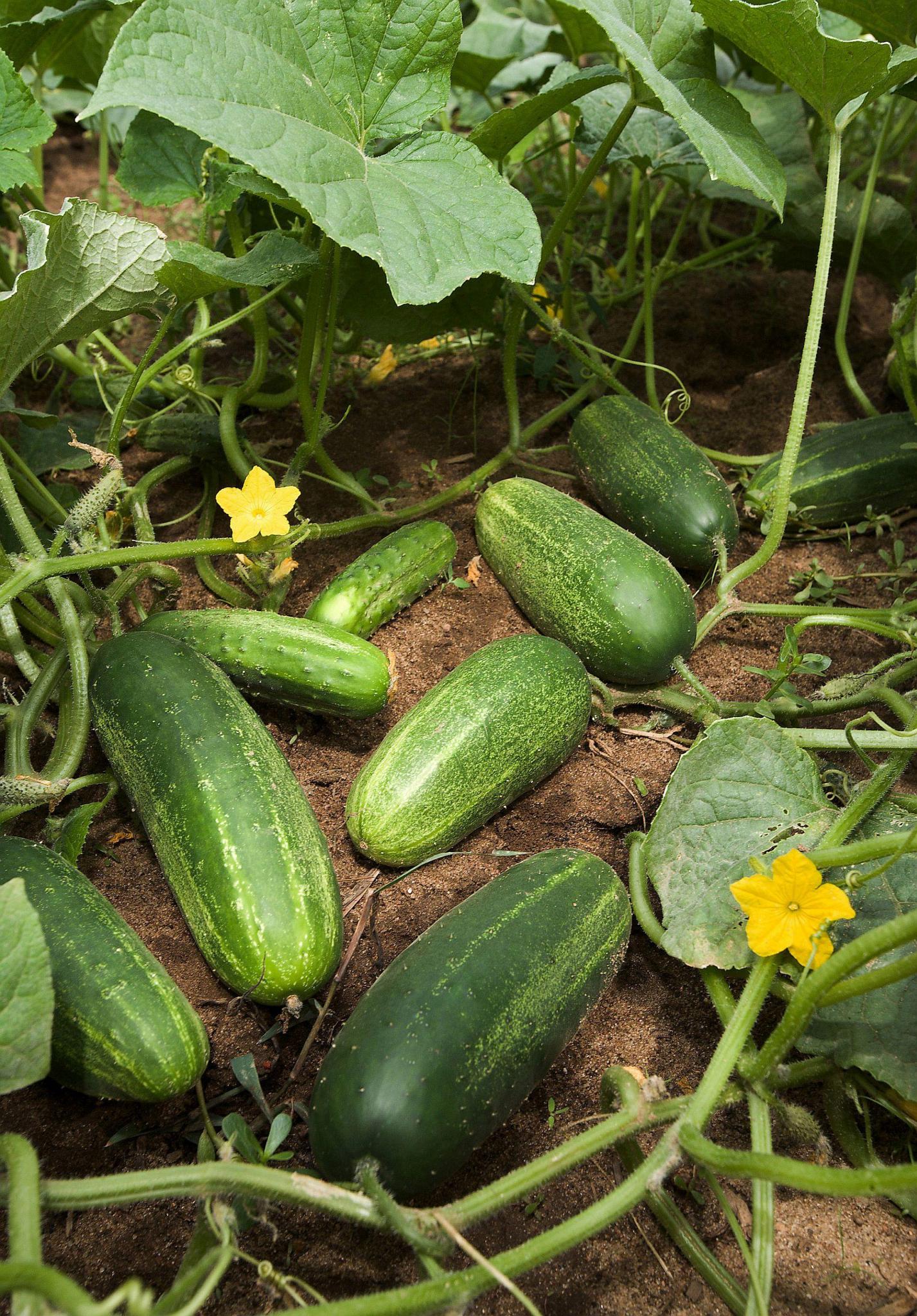
- Tomatoes. Tomatoes are another popular summer vegetable that can be grown in many different climates. They need full sun and well-drained soil. Tomatoes can be determinate or indeterminate. Determinate tomatoes grow to a certain height and then stop, while indeterminate tomatoes continue to grow and produce fruit throughout the summer.

- Peppers. Peppers are a versatile vegetable that can be eaten fresh, cooked, or pickled. They come in a variety of colors, shapes, and sizes. Peppers need full sun and well-drained soil. They can be started indoors 6-8 weeks before the last frost and transplanted outdoors after the danger of frost has passed.

- Squash. Squash is a warm-season vegetable that comes in many different varieties, including zucchini, yellow squash, and butternut squash. Squash needs full sun and well-drained soil. It can be planted directly in the garden after the last frost.
- Beans. Beans are a versatile legume that can be eaten fresh, cooked, or dried. They come in a variety of colors, shapes, and sizes. Beans need full sun and well-drained soil. They can be planted directly in the garden after the last frost.
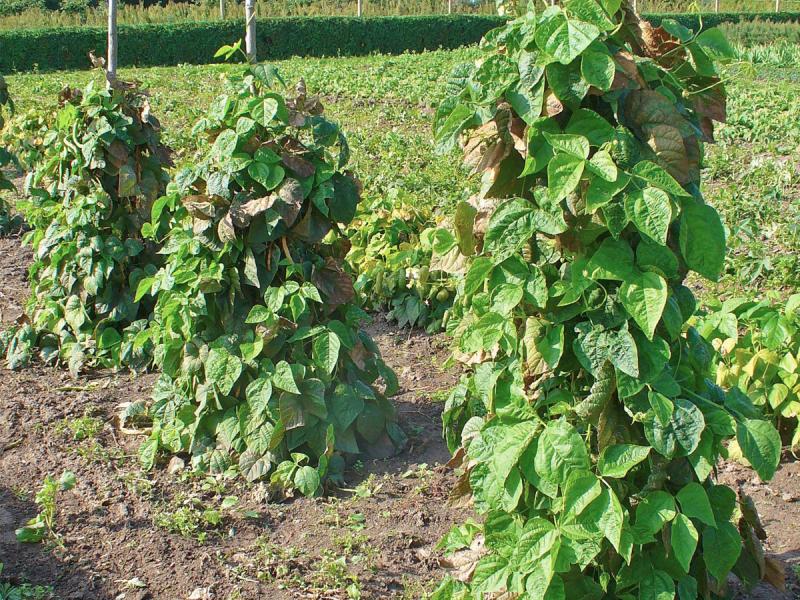
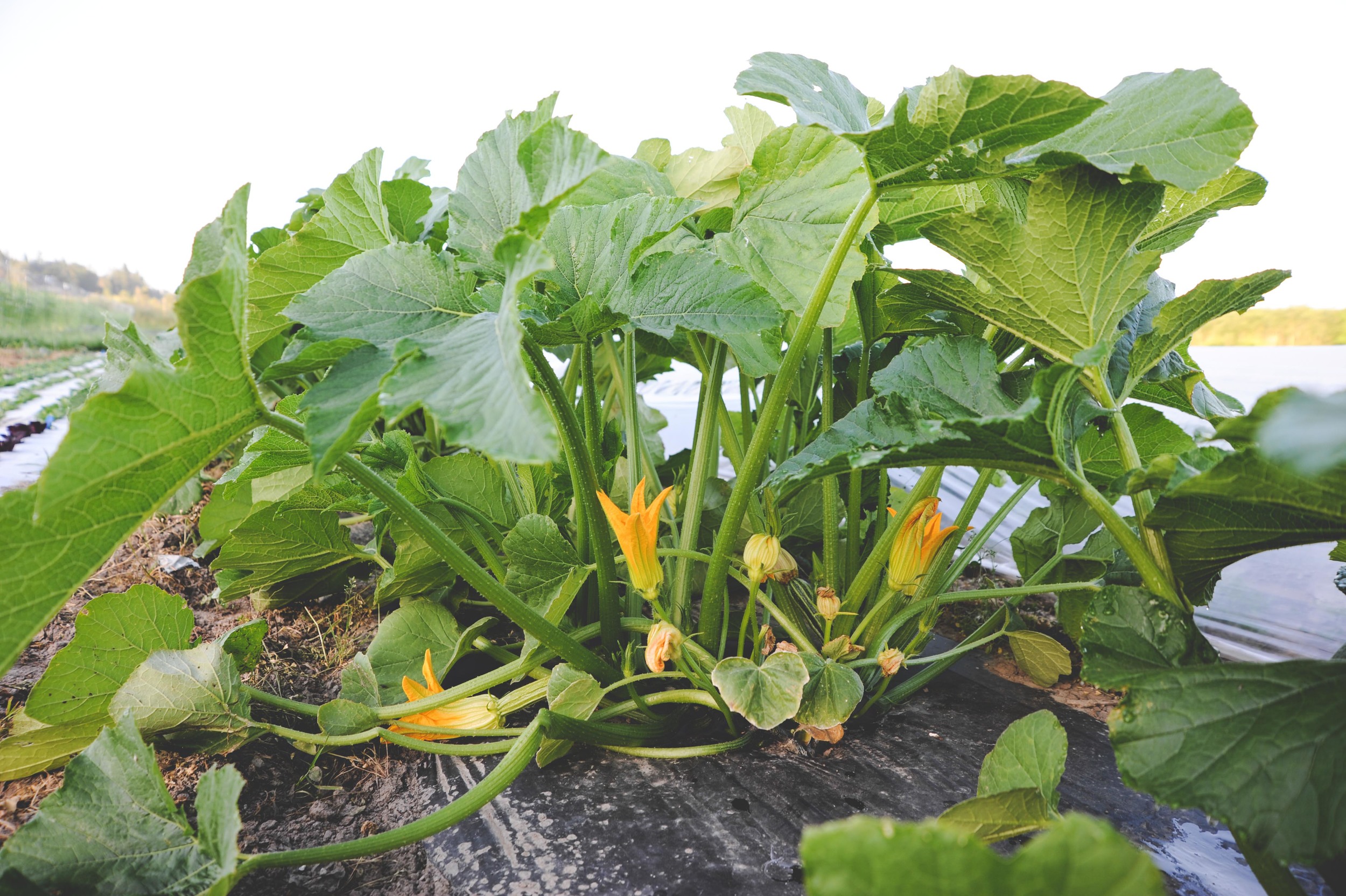
Post a Comment for " Summerproof Plants That Will Thrive In Your Garden"